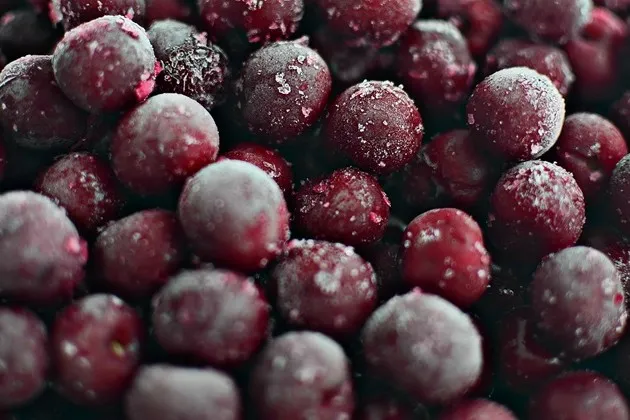Before beginning the analysis, we must take a moment to reflect and ask ourselves what characteristics the cherry cultivation of the future should have. Whether we consider cherry farming within a specific production basin as a driving sector for the agricultural economy or as a local, zero-kilometer initiative. I firmly believe that we cannot limit ourselves to a cherry sector that merely settles for a purely localized market.
What challenges must be faced? When thinking of a forward-looking cherry industry that drives the agricultural economy, the challenges include labor costs and availability, investment costs for protective installations against biotic and abiotic threats and climate change, health emergencies, and the consolidation and homogenization of production.
Labor
As is well known, fruit farming costs are on average made up 50% by labor expenses, and in cherry cultivation this percentage increases significantly. Therefore, neighboring countries with labor costs 30–40% lower (about €6–8/hour less), and with less strict regulations than ours, have much lower costs, making them very strong competitors for our production.
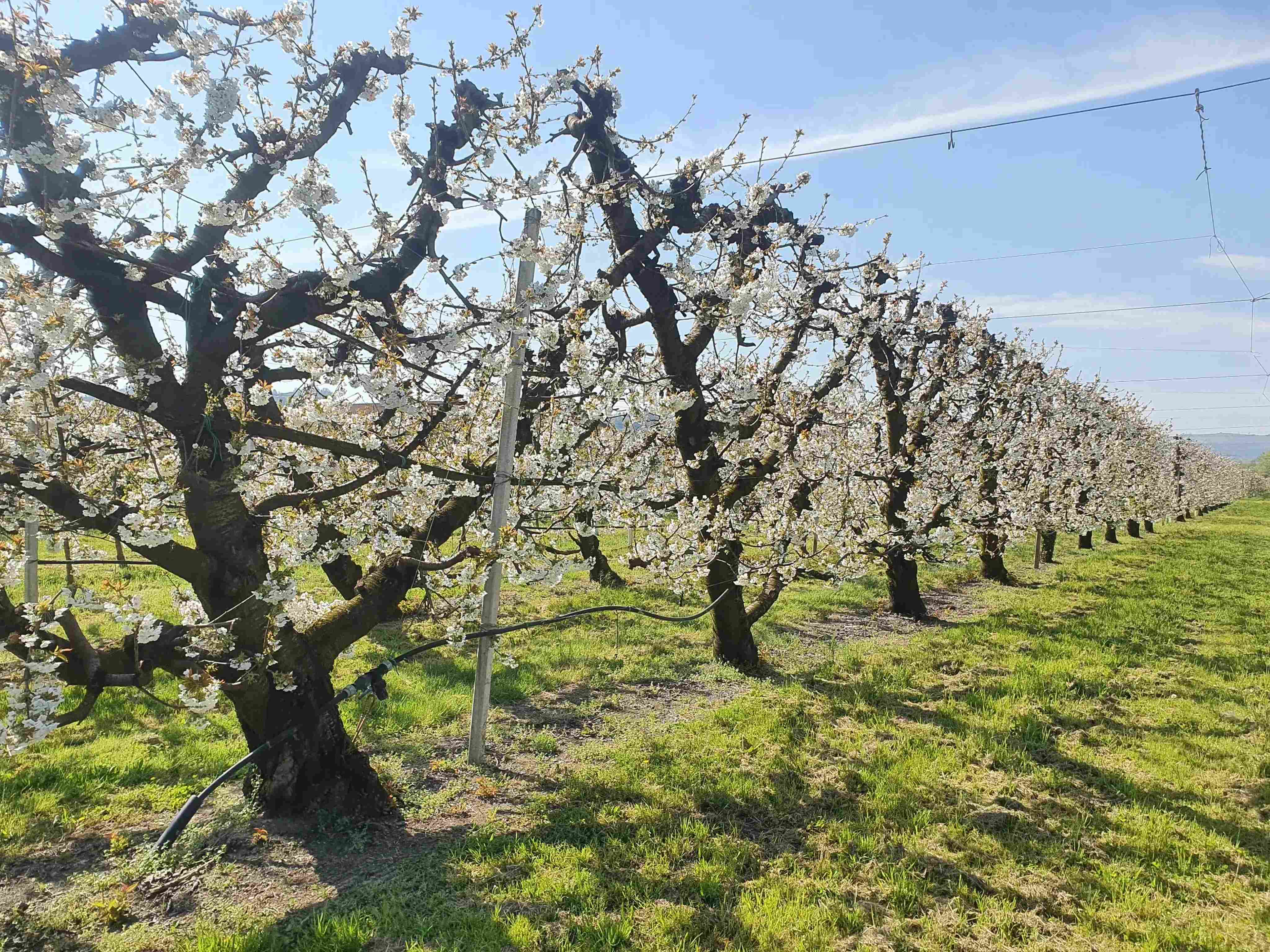
Another critical point on this topic is the availability of qualified personnel for pruning and harvesting tasks, which has become a real emergency. This situation has worsened in recent years with the crisis of other crops, such as plums and pears, which used to support a labor flow for the whole summer season from May to October, while now in our production areas, the need for labor is limited to just May and June.
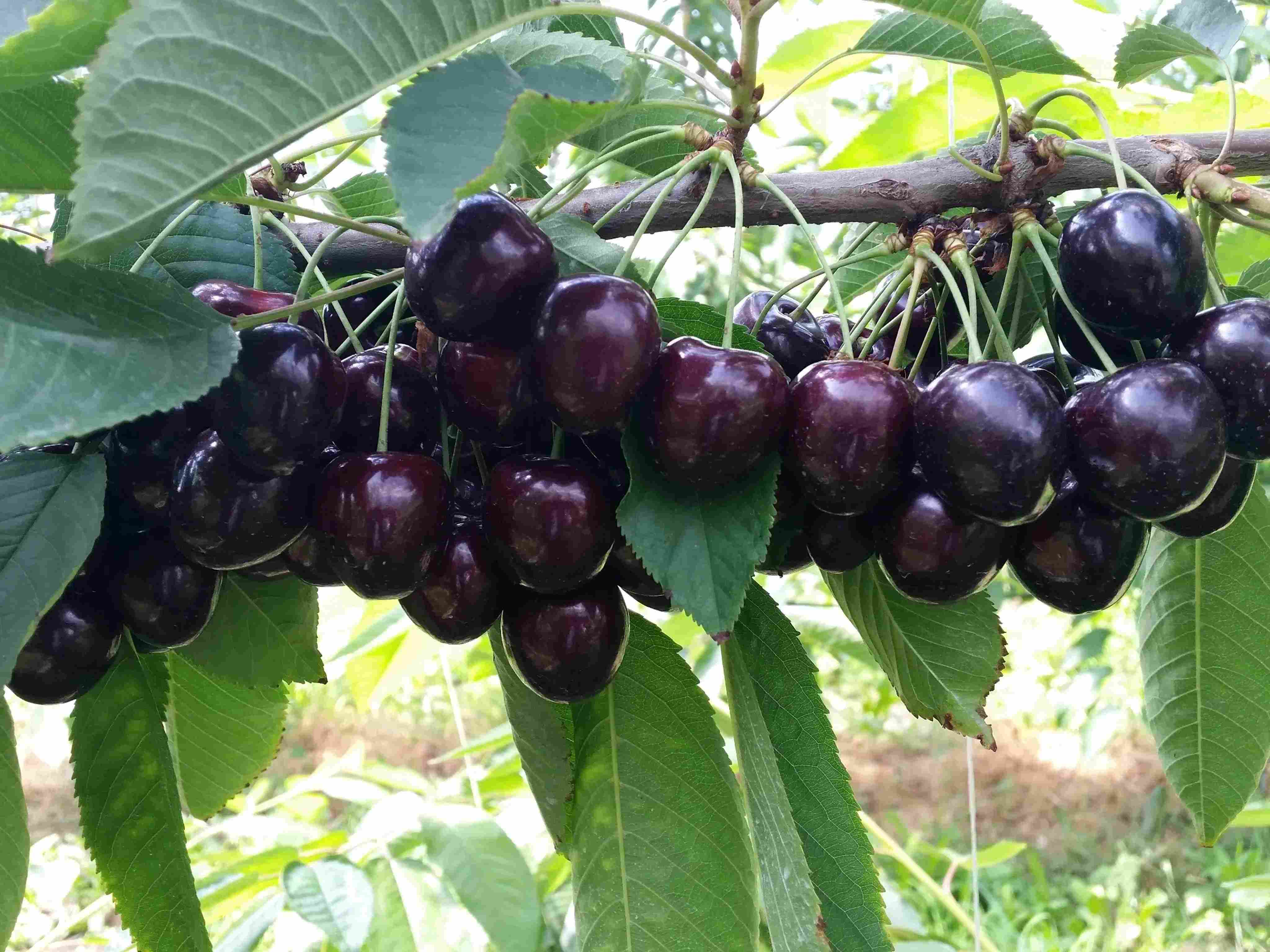
Planting costs
Our main competitors operate in semi-arid climate zones (just look at Spain, where the fields are green only where irrigation reaches...) and less rainy than ours. These conditions, combined with incentives for passive protection systems, allow these regions to establish orchards without the cost of protective structures, which translates into lower amortization and maintenance costs.

It should also be noted that rainproof or multitasking structures have variable effects depending on the area, altering the microclimate and sometimes causing unwanted side effects such as higher humidity, mite infestations, and not least, changes in the firmness and quality of the fruit.
Phytosanitary emergencies
With the increase in international trade, several insects have also been introduced, changing the phytosanitary defense strategies of various crops, such as the brown marmorated stink bug and the Drosophila suzukii fruit fly. This emergency has been exacerbated by the withdrawal from the market of key phytosanitary products.
To deal with such threats, producers have resorted to protective structures with anti-insect nets, both monoblock and single-row, which significantly affect production costs and orchard management.
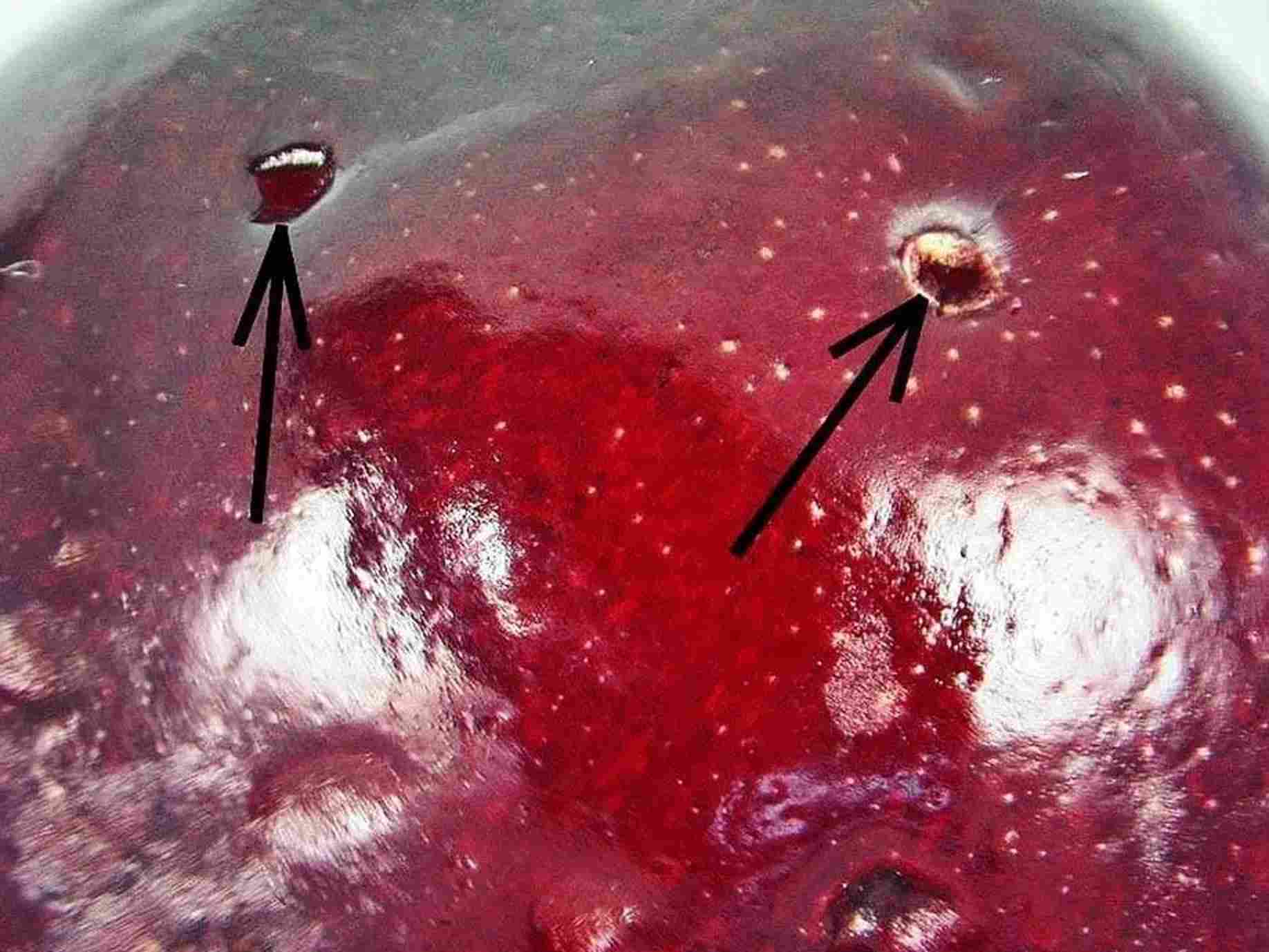
Product standardization and consolidation
A major drawback of cherry farming in Emilia is the very wide varietal range combined with a rather short harvesting calendar. As a result, both cooperatives and traders must consolidate many varieties at the same time in order to have enough product, often with very different characteristics.
In recent years, both wholesale and street markets have lost importance, and traditional grocery stores are disappearing. In their place, large-scale retail (GDO) has expanded, consolidating both supply and demand. These entities, leveraging their bargaining power, heavily influence the market, and so far, the production sector has failed to establish organizations capable of challenging their dominance.
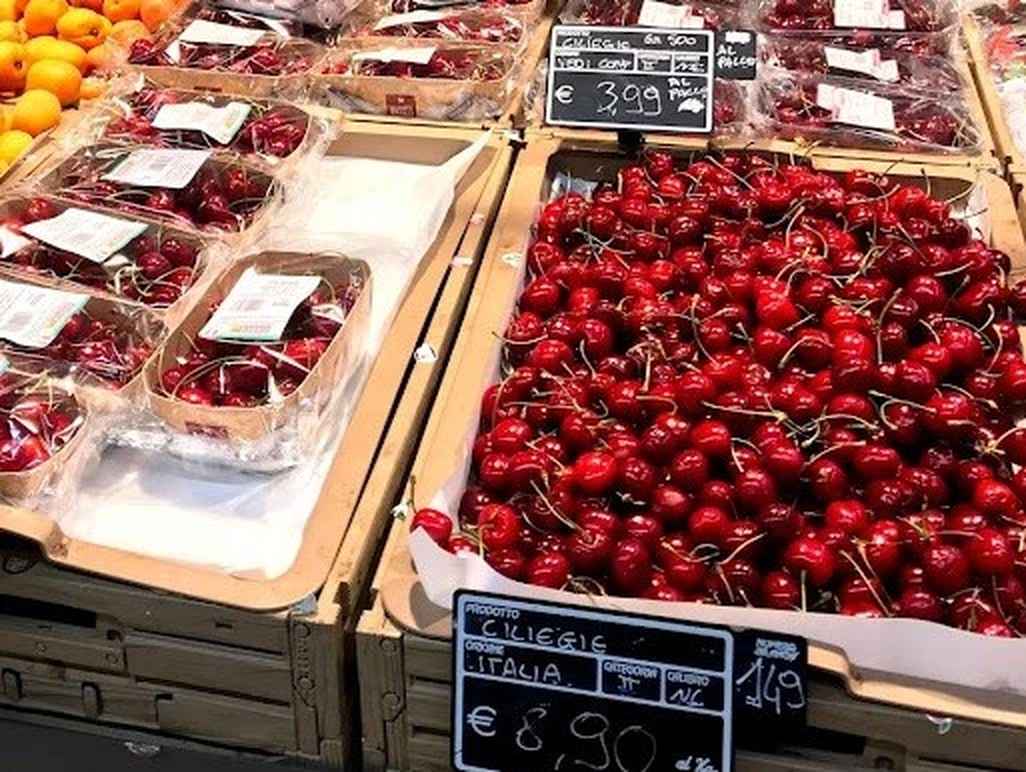
Professionalism of the operators
That said, it is clear that cherry farming in Emilia—and to some extent at the national level—has survived thanks to the uncommon professionalism of its workers. This ability is also evident in the higher prices achieved by our exporters compared to those of competing European or Asian countries.
The final recipe
Therefore, it is essential to keep costs under control, optimize yields per hectare, but we must not forget that quality is not just about size—it also includes firmness, shine, aroma, and sugars. If we lose our ability to deliver quality and get lost among mass-market products, we have surely lost from the start.
Romano Amidei
Technical consultant, Vignola (Italy)
Cherry Times - All rights reserved










